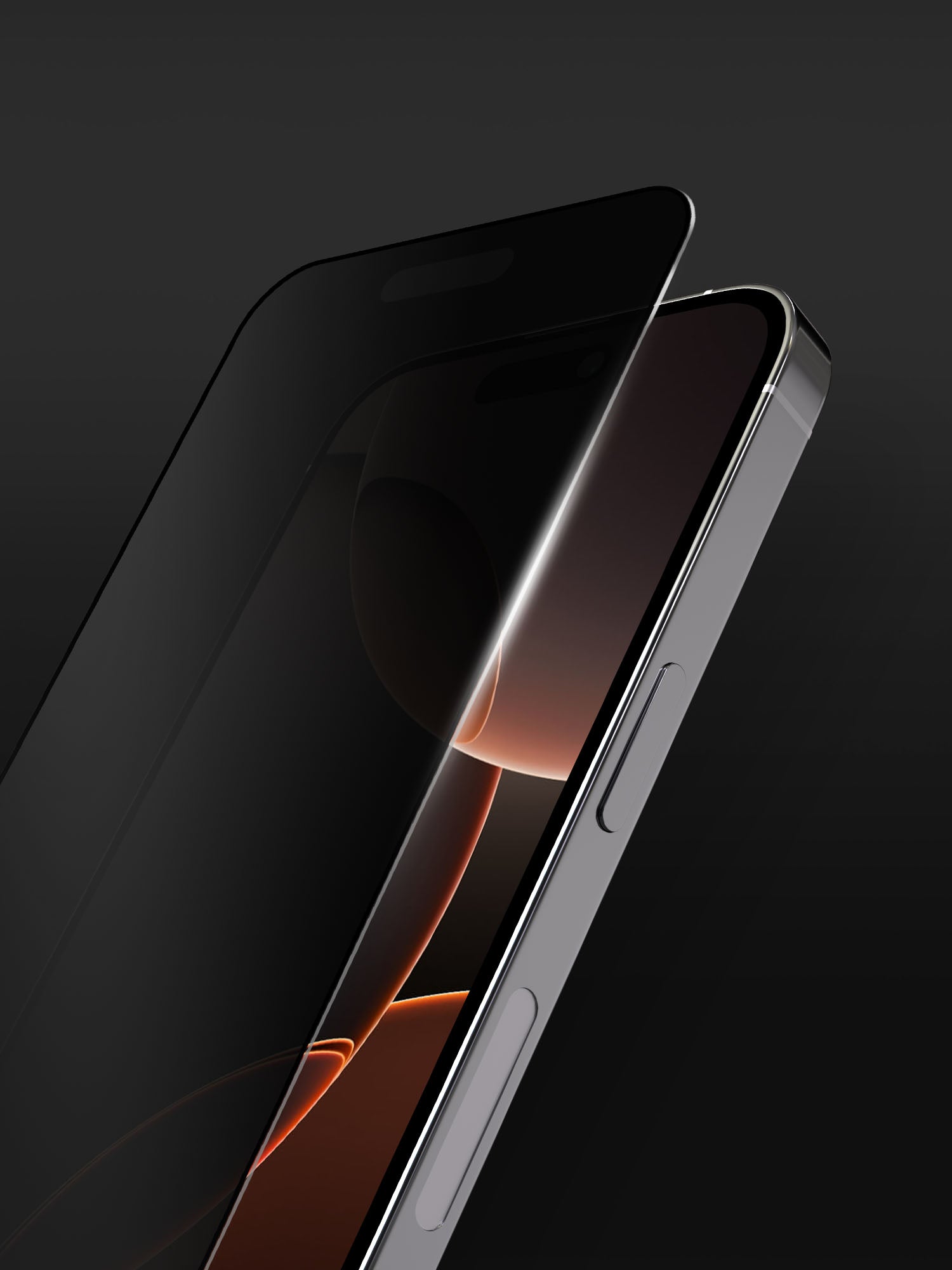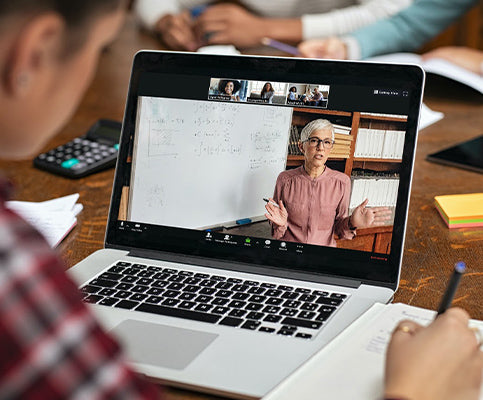May 13, 2021
Hurricanes are dangerous. They destroy everything in their paths, be it lives or properties. But for all their popularity, many of us do not know what they are. We only hear of the event and the casualties without understanding how disastrous hurricanes can be or what to do before, during, and after they hit. Yet, it’s this type of information that’s so crucial for knowing how to prepare for a hurricane and what supplies to pack in your emergency kit.
What is a hurricane?
A hurricane is a natural disaster, in the same league with earthquakes and tornadoes. It is a tropical cyclone formed in the western hemisphere and the Atlantic Ocean, making it one of the most potent and complex storms that ravage our dear planet. Tropical storms, like hurricanes, comprise earth's most dangerous hazards, including lightning, hail, tornadoes, etc.
Hurricanes are formed over large bodies of warm water, to put it simply. They begin with calm winds swirling over very quiet, warm waters and pick up speed until they go out of control. While warm water is a precursor to its formation, hurricanes tend to dissipate over cooler waters and upper-level wind shears. However, they will grow in strength and vigor in hot and dry winds.
The Best Smartphone Cases for Moms
1. Hot, dry air evaporates the warm sea surface water in the ocean and forms clouds. As more heat energy is collected, it builds more clouds and travels westward, becoming a tropical wave in the process.
2. A cycle begins to form as warm air rises and cool air sinks, intensifying and pulling in more moist warm air, growing a tropical storm.
3. Air that is rushing in brings more heat energy to this circulation, and later, water condenses out as rain. A Category 1 hurricane is created when the storm develops an eye-wall, a calm spot in its rotation system.
Hurricanes form at different times, depending on where they occur. In the North Atlantic region, the hurricane season starts in June and ends in November. The hurricanes of the Northeast and Northwest Pacific regions begin in May and July, respectively, but they both end in November. Hurricanes start in October and end in May in the Southwest Pacific and South Indian regions, while in the North Indian region, the season begins in April and ends in December. The areas around these regions are hot zones, so if you find yourself here, you must be ready for a hurricane with a preparedness kit that helps you through the entire process.
How big and dangerous are hurricanes?
Hurricanes are massive with destructive power. The diameter of hurricane-force winds is about 100 miles, and the slower speed winds far from the storm center increase the diameter to about 300-400 miles on average. The eye of the hurricane is about 30 miles in diameter. No matter its size or strength, a hurricane is perilous. With a wind speed of 75-95 mph, scientists classify a Category 1 hurricane as very dangerous. It can cause roof damage, tree damage, and power loss.
A Category 2 hurricane has a wind speed of about 96 to 110 mph. This is extremely dangerous, as homes sustain significant damages while shallow-rooted trees are upended. You should also expect near-total power loss. A Category 3 hurricane, with a wind speed of 111 to 129 mph causes devastating damage to properties and anything in its path. A Category 4 hurricane has a wind speed of about 130-156 mph, damaging properties beyond repair, and leaves the power out for months. A Category 5 hurricane has a wind speed of about 157 mph and above, leaving the area uninhabited for months.
While traditional security cameras on the market offer a limited field of view, the Portable 360° Security Camera raises the bar with a full 360° field of vision—eliminating blind spots with just one portable camera. Set it up in the playroom so mom can keep an eye on kiddos while she enjoys some well-deserved personal time or use it anywhere to keep eyes on during a much-needed night out.
Hurricanes travel for about 200 miles inland, and though they weaken as they move, they still cause extensive damage to properties. They weaken as they can no longer draw on the heat energy from the ocean, but they unleash torrential rains inland, which is the reason for flooding being the most significant cause of damage.
What to do before a hurricane hits?
Hurricanes do not just appear. Weather forecasters are aware days or even weeks before a hurricane hits an area, so keep an eye on weather-reporting channels. Before a hurricane hits, you should first decide whether to take shelter or evacuate. This is essential for your safety.
If you decide to take shelter:
1. Prepare your hurricane emergency kit and remember to grab your 5-in-1.
2. Pick a safe room. Please note that the room should be on the lower level, preferably your basement, and avoid windows.
3. Adjust your refrigerator to the coldest settings to avoid food spoilage in case of a power outage.
4. Fully charge your phones. The 5-in-1 also provides you with a backup power source to keep your gadgets on.
5. Plan out escape routes from your home, and do not leave cars parked under trees or power lines.
6. Stay away from materials that can start a fire, and make sure you have enough batteries and flashlights including the 5-in-1 Emergency Hub.
If you evacuate:
1. Remove all fuses to avoid electrical damage.
2. Turn off water to prevent flooding.
3. Turn off gas to prevent leakage.
You should consider evacuating when:
1. Your local authorities advise it.
2. You live in a flood-prone location.
3. You live around a coastal area in a mobile home.
4. You lack hurricane structural reinforcements in your home.
What should you do during a hurricane disaster?
1. Check for weather updates regularly.
2. Do not go outside, even if the storm seems to subside.
3. Stay away from windows and doors.
4. Turn off all electrical appliances and avoid handling electrical equipment.
5. Avoid the use of phones, though you can send a text message if it is necessary.
What should you do after a hurricane event?
1. Listen to the authorities for updates and instructions.
2. Avoid debris and damaged power lines.
3. Return when the area has been declared safe.
You should also store essential documents in a safe place. In addition, store a healthy food supply as a hurricane can go on for days.
Hurricane Forecast for 2021
2020 saw a strong hurricane presence—it was about 170% of the average season. The forecast for 2021 raises fears as it has been described as above average, almost 140% of the average season. Colorado State University has predicted about 17 storms for this year, with eight of them being major hurricanes at Category 3 to Category 5.
Using models with over 40 years of historical data evaluating conditions such as sea surface temperatures, sea level pressures, vertical wind shear levels, etc., researchers postulate this year will exhibit characteristics similar to 1996, 2001, 2008, 2011, and 2017—years that had above-average hurricane activity. It is vital to follow these international researchers' updates to effectively protect yourself and your property from hurricane activity.














Leave a comment
This site is protected by hCaptcha and the hCaptcha Privacy Policy and Terms of Service apply.